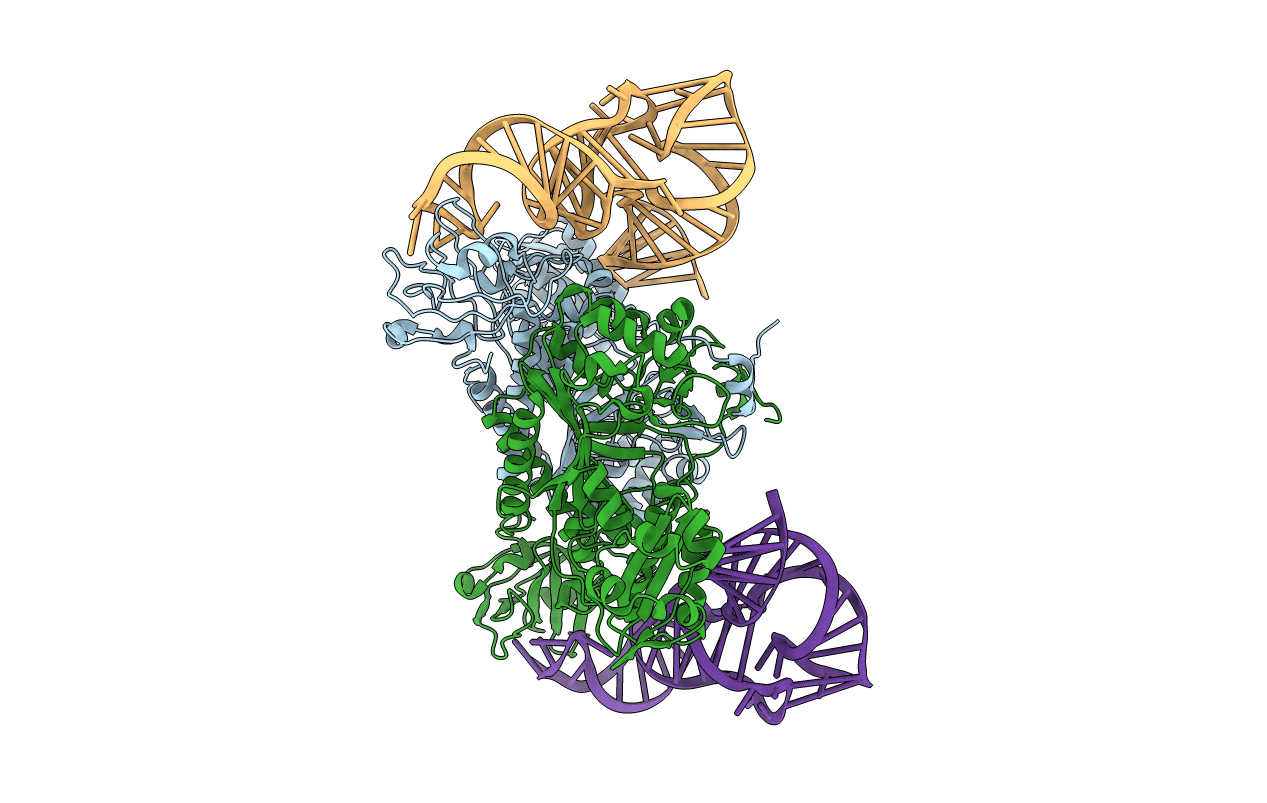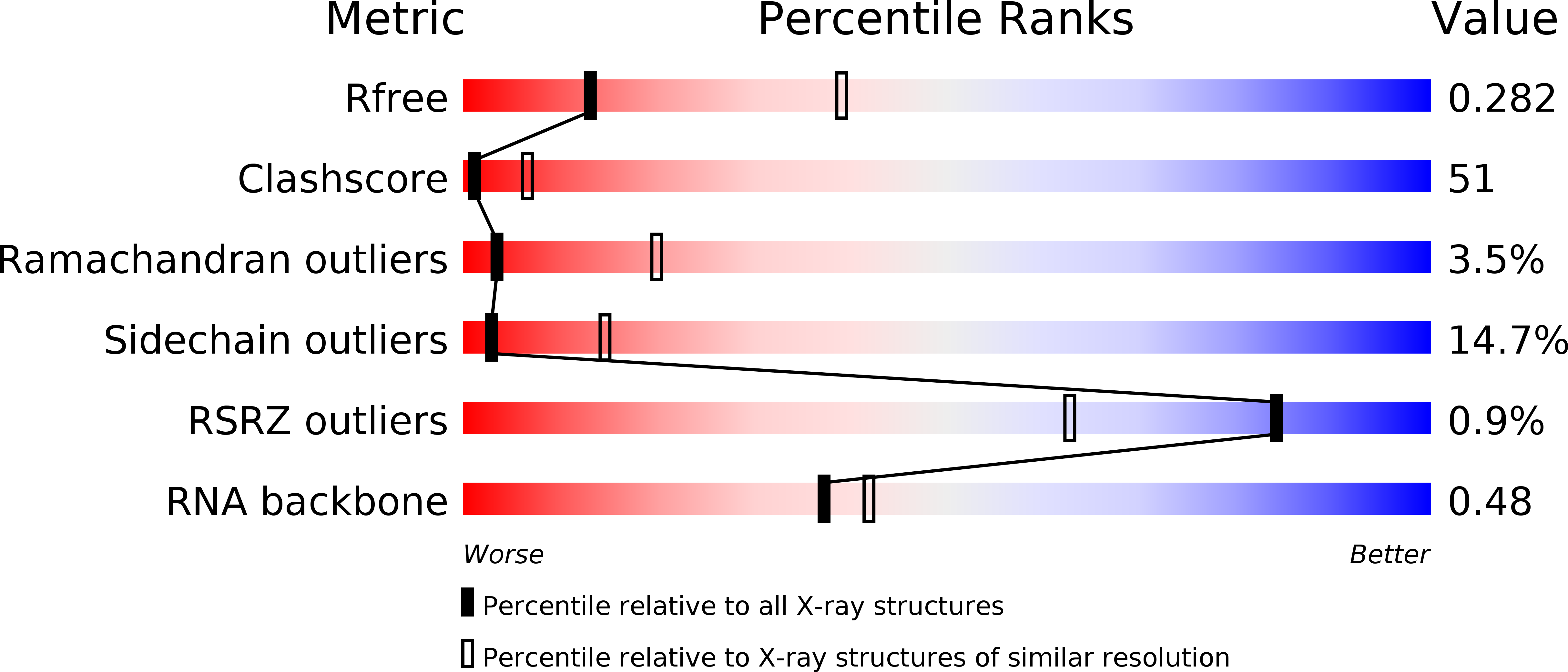
Deposition Date
2000-02-10
Release Date
2000-06-19
Last Version Date
2025-03-19
Entry Detail
PDB ID:
1EFW
Keywords:
Title:
Crystal structure of aspartyl-tRNA synthetase from Thermus thermophilus complexed to tRNAasp from Escherichia coli
Biological Source:
Source Organism:
Escherichia coli (Taxon ID: 562)
Thermus thermophilus (Taxon ID: 274)
Thermus thermophilus (Taxon ID: 274)
Host Organism:
Method Details:
Experimental Method:
Resolution:
3.00 Å
R-Value Free:
0.29
R-Value Work:
0.24
R-Value Observed:
0.24
Space Group:
P 63


